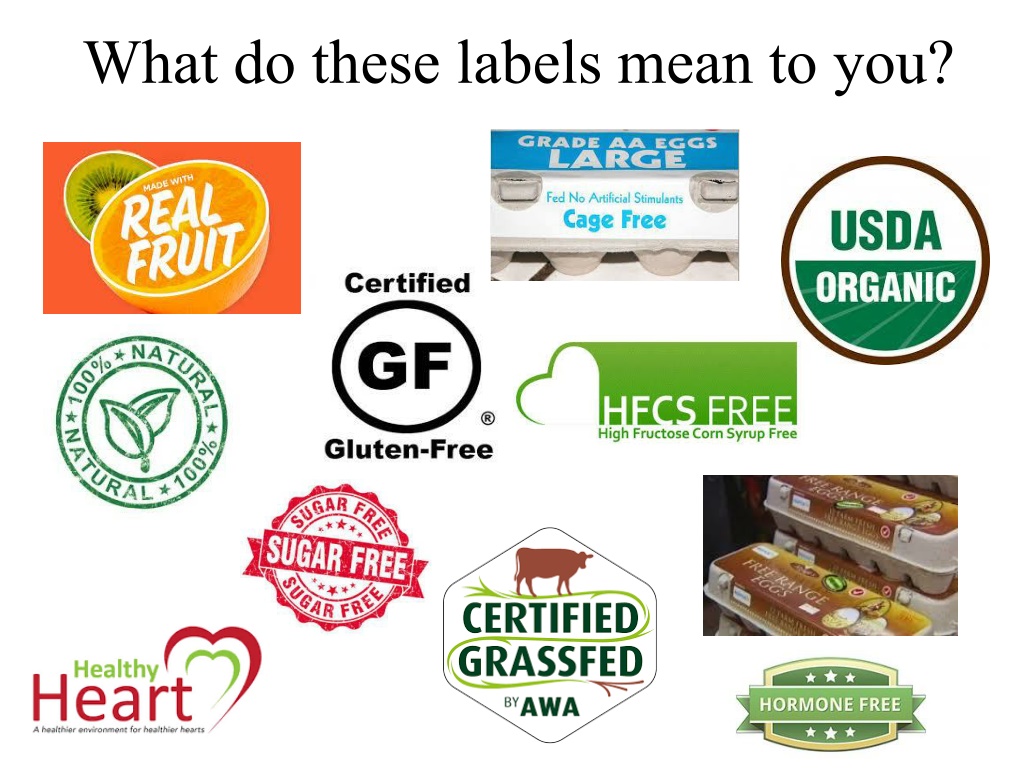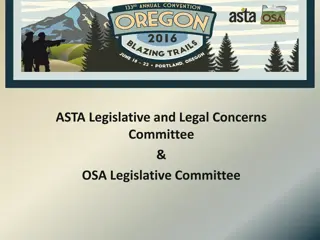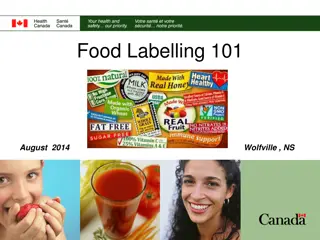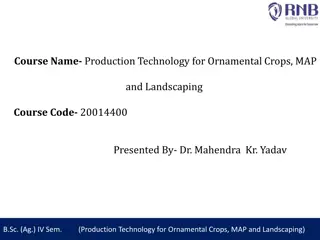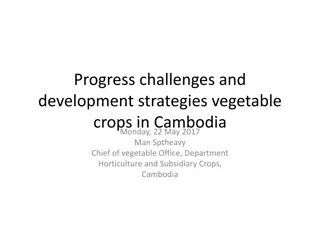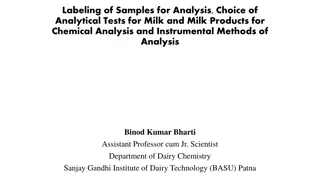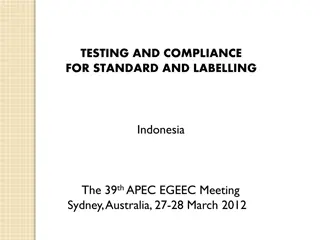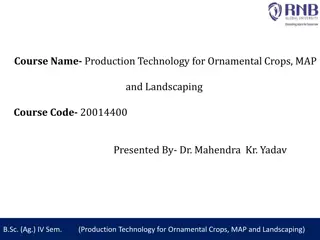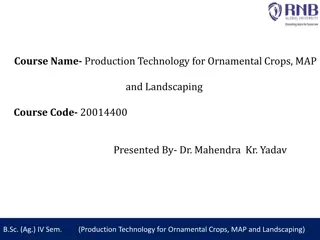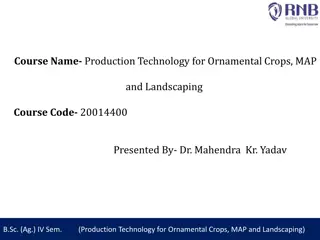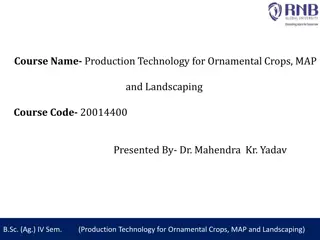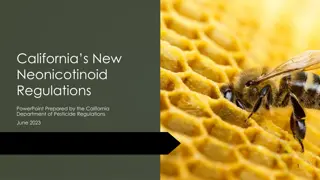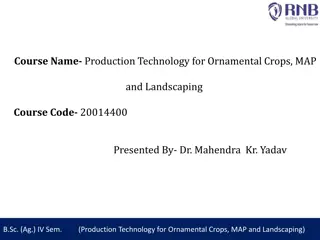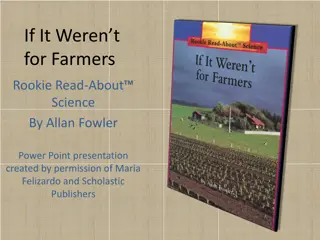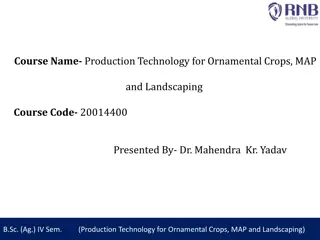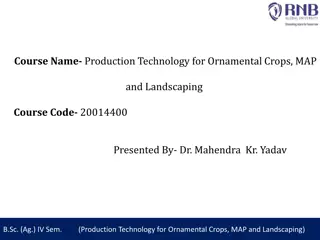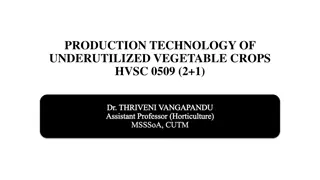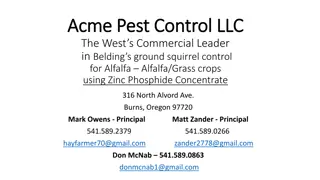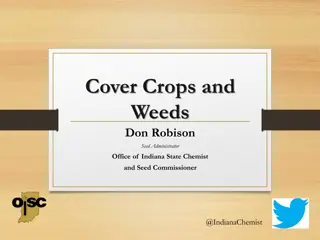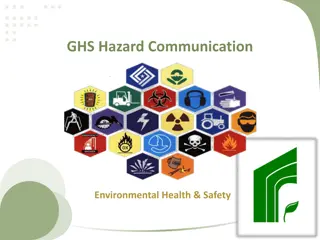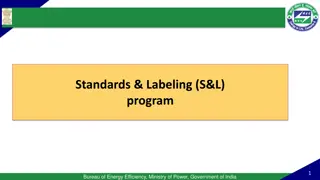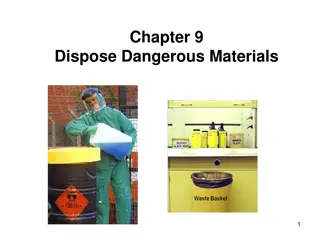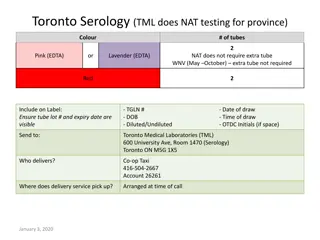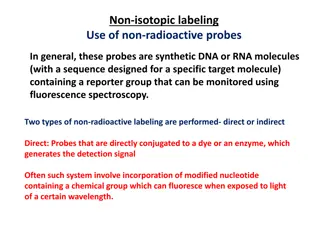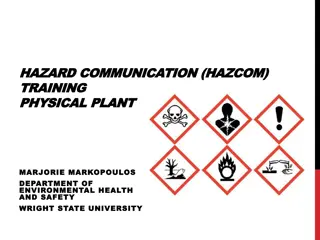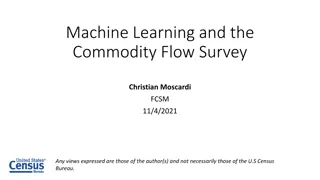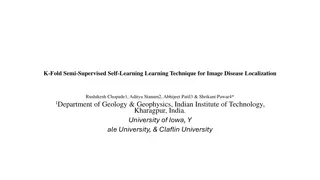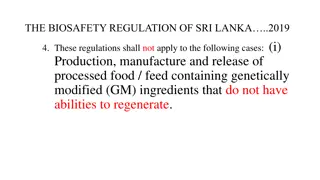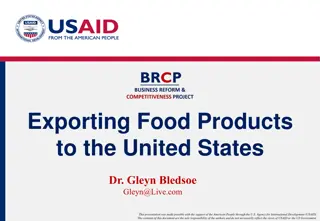Understanding Bioengineered Crops and Labeling Regulations
Explore the world of bioengineered crops, misleading food labels, and the regulatory process behind genetically modified organisms. Learn about GMO crops, deceptive labeling practices, and how the FDA ensures food safety standards. Discover the differences between bioengineered and non-bioengineered crops, and the lengthy process involved in developing and approving genetically modified crops for commercial release.
Download Presentation

Please find below an Image/Link to download the presentation.
The content on the website is provided AS IS for your information and personal use only. It may not be sold, licensed, or shared on other websites without obtaining consent from the author. Download presentation by click this link. If you encounter any issues during the download, it is possible that the publisher has removed the file from their server.
E N D
Presentation Transcript
Have you seen these labels? Are there any food labels that could be misleading or meaningless?
Make 2 piles of cards Misleading non-GMO Food Labels Imposters True non-GMO Food Labels
Crops that have been genetically modified: Alfalfa Canola Corn (field and sweet) Cotton Papaya Potatoes Soybeans Squash Sugar Beets Granny Smith Apple
Bioengineered Crops are: Plants with one or more genetic characteristics that were inserted into the genome using biotechnology. Bioengineered Crops are NOT: Plants that were improved through artificial selection processes like cross breeding, hybridization, or mutagenesis.
Growing a Bioengineered Crop Growing a non-Bioengineered Crop Desired traits can be identified. It may take a significant amount of time (decades) to find. perpetuated Disease and pests are controlled with chemicals or other cultivation practices. Desired traits can be fairly quickly identified (<10 years) Desired traits can be identified and Plants can become genetically resistant to disease or pests. Life cycle and growth of plant is equivalent Safety and nutrition of plant is equal. Scientists can find a single specific trait and insert it into the DNA. Desired traits cannot be perpetuated individually.
Bioengineering Regulation Process It takes many years for a new GM crop to be developed, tested, and finally approved for commercial release. Prior to the release of a new GM crop it is tested and monitored by three primary agencies in the United States Food and Drug Administration United States Department of Agriculture Environmental Protection Agency
Food and Drug Administration FDA regulates the safety of food for humans and animals, including foods produced from genetically engineered (GE) plants. Foods from GE plants must meet the same food safety requirements as foods derived from traditionally bred plants
United States Department of Agriculture The USDA, EPA, and FDA work to ensure that crops produced through genetic engineering for commercial use are properly tested and studied to make sure they pose no significant risk to consumers or the environment.
Environmental Protection Agency The EPA focuses on reviewing environmental impacts of a GE crop prior to field testing and the commercial release of the seed. They ensure there are no unintended consequences to honeybees, other beneficial insects, earthworms, fish, or the environment in general. They also look for any impact they may have on other crops.
